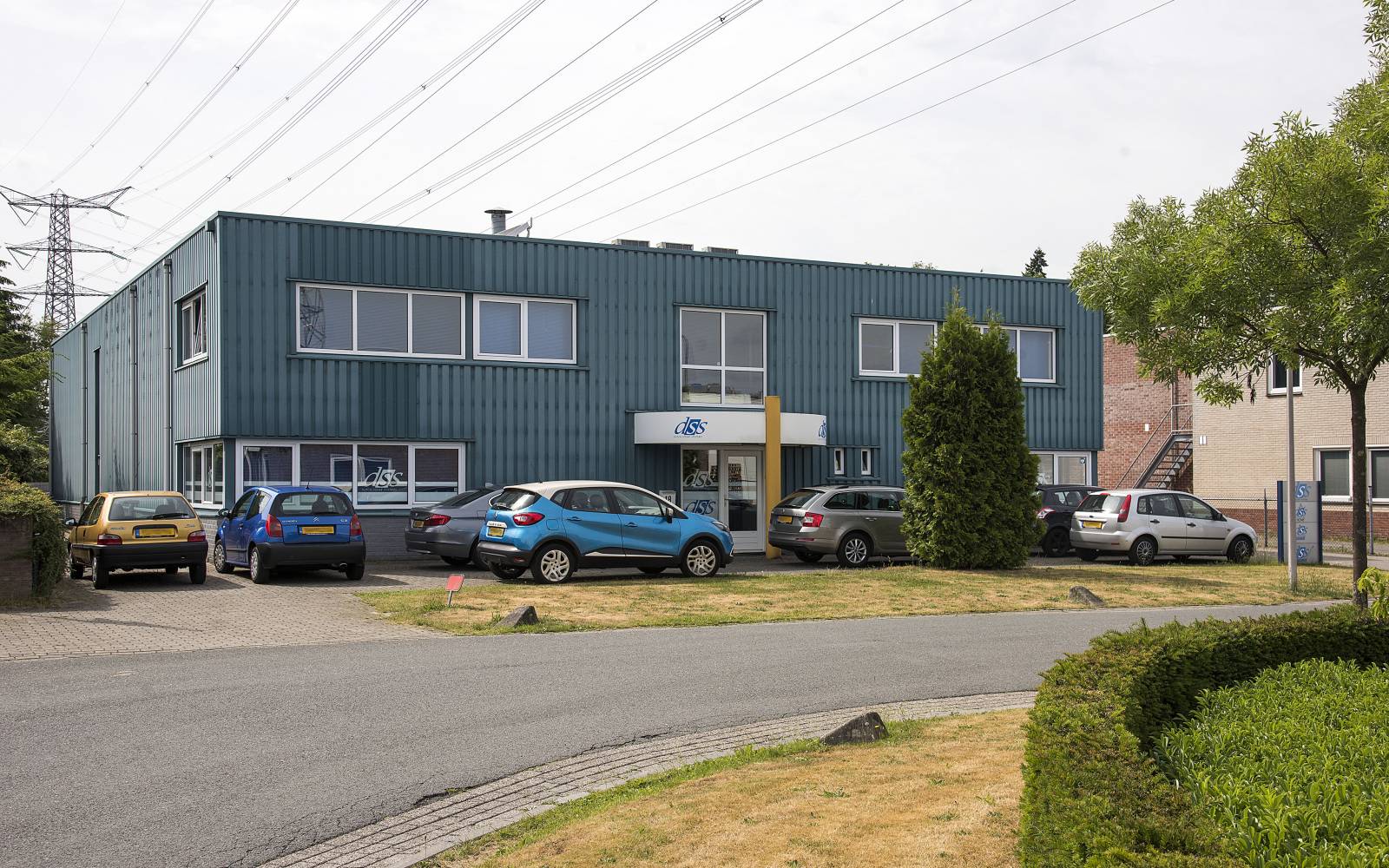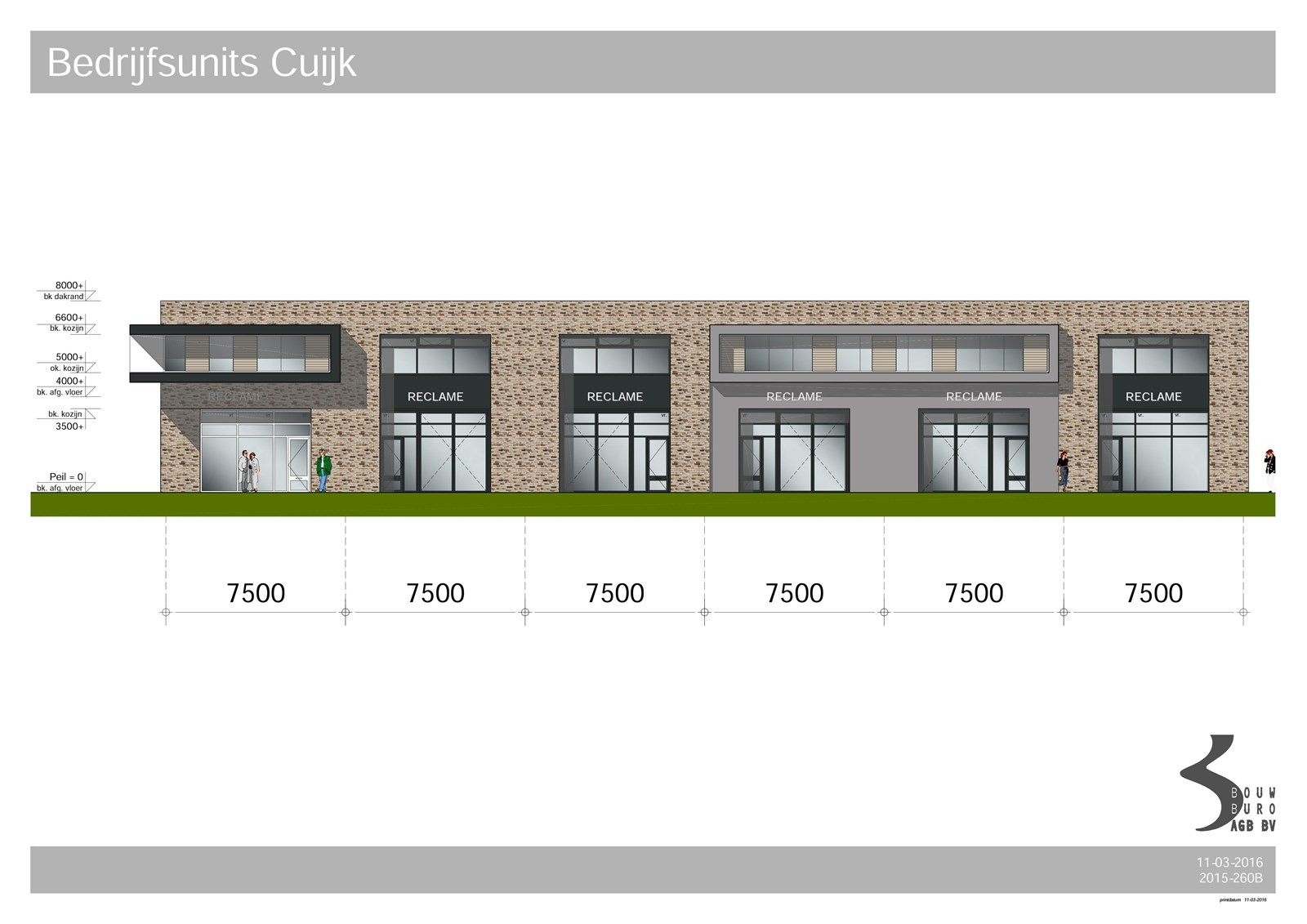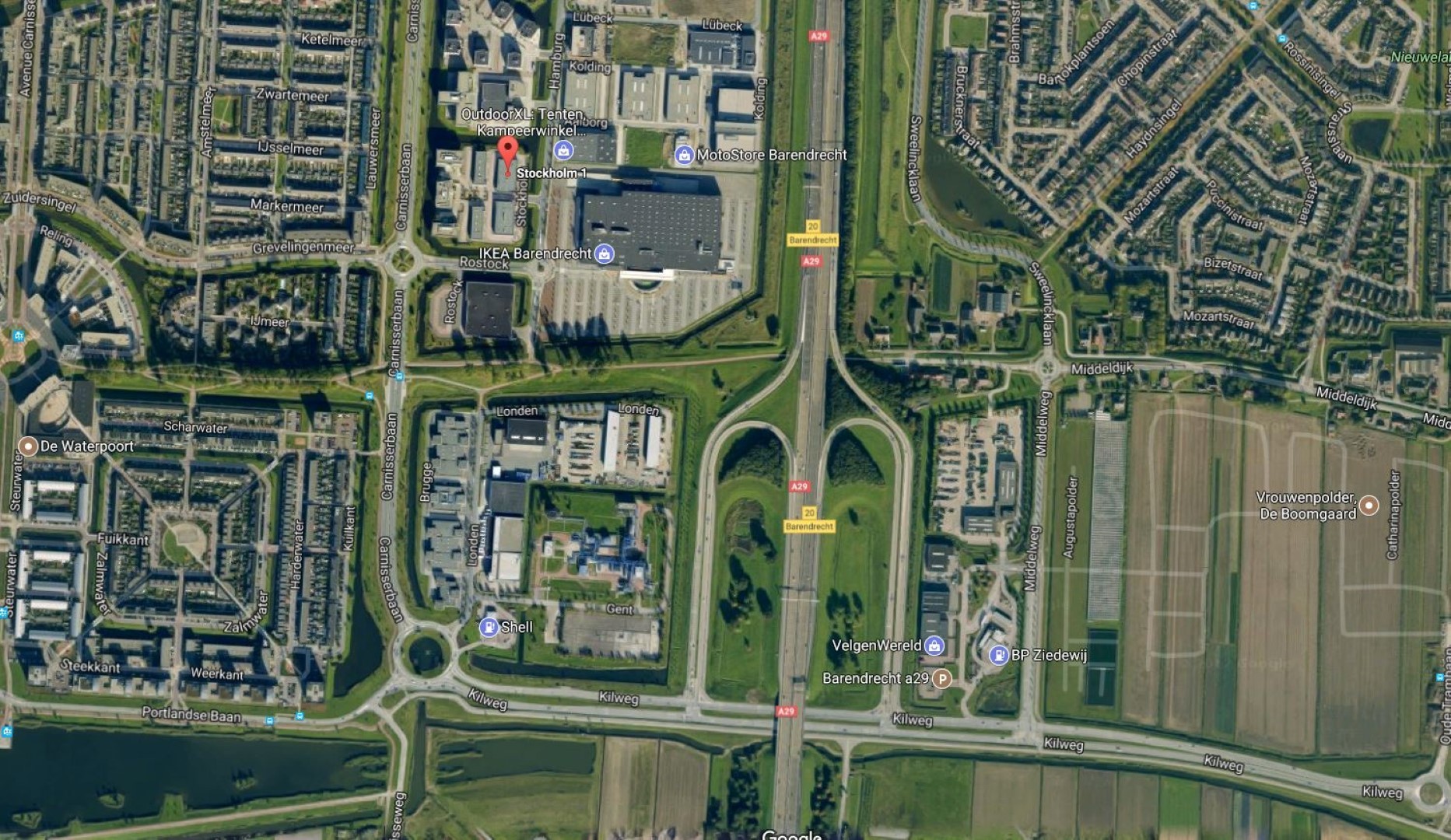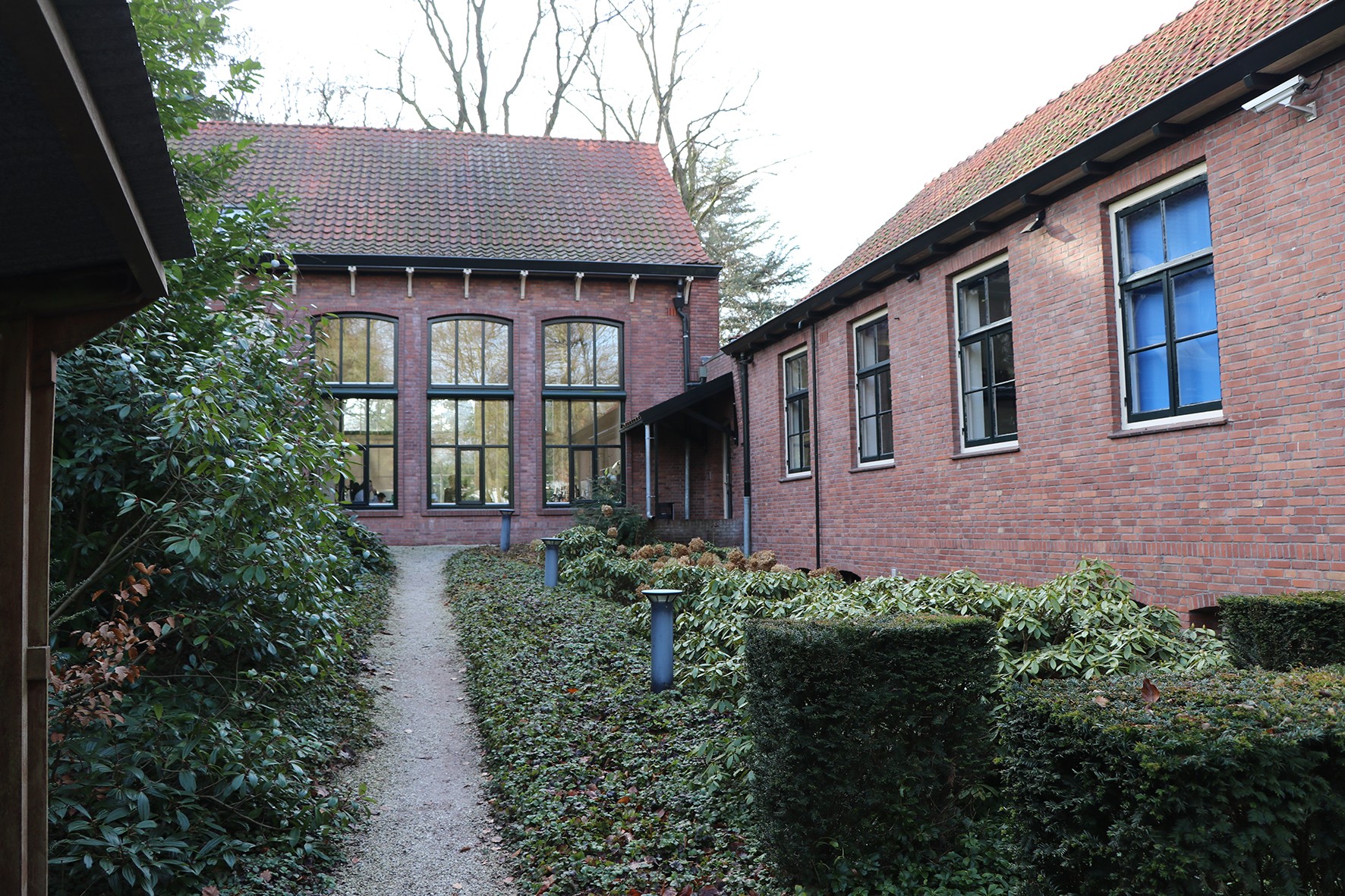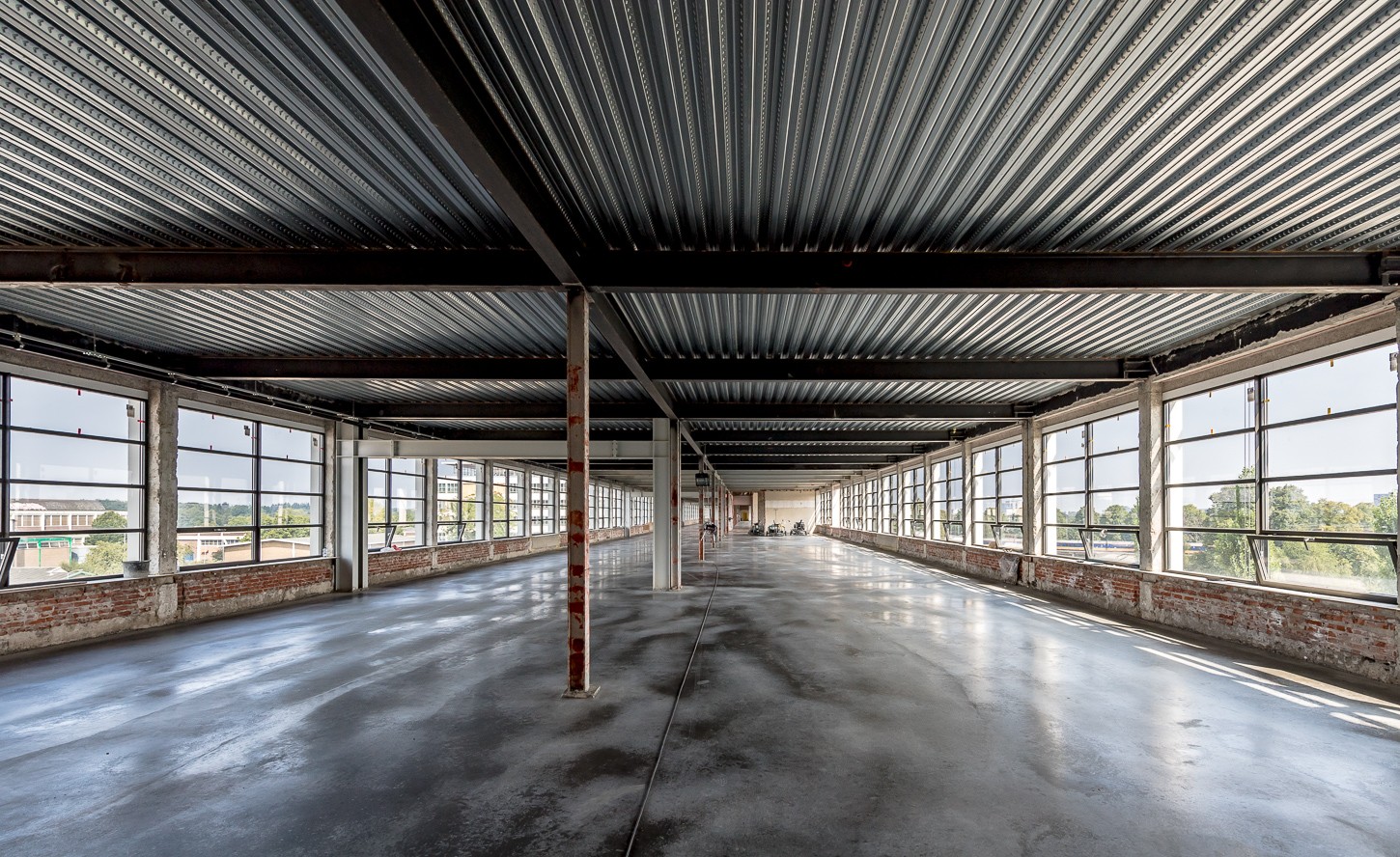
The early Appalachian geologists, in their horse-drawn buggies, their suits and ties, developed a sense of physiography that tuned them to the land, and when they saw long sugarloaf hills they had learned to suspect that there was dolomite within, and when they looked up at coxcomb ridges they felt the presence of Cambrian sandstones, and of Cambrian shales in the valleys beyond. The higher, harder ridges would be thick, Silurian quartzites, more often than not, while flourishing green lowlands with protruding ribs of rock would owe their shape and their fertility to limestones assembled in Ordovician seas. There were knolls in the valleys. Inside the knolls were shales. Shale breaks up easily but flexplek huren maastricht will not dissolve like limestone, so the shales became blisters in the limestone valleys. Of the two carbonate rocks, limestone is a good deal more soluble than dolomite, and that was why dolomite would retain itself in sugarloaves above the limestone valleys. Once the early geologists had developed this sense of the substrate, they shook the reins and moved with dispatch, filling in the first American geologic maps with a general accuracy that is impressive still. Identifying what is there scarcely describes what happened to put it there, however. The history of the earth may be written in rock, but history is not coherent on a geologic map, which shows a region’s uppermost formations in present time, while indicating little of what lies farther down and less of what is gone from above. At a given place-a given latitude and longitude-the appearance of the world will have changed too often to be recorded in a single picture, will have been, say, at one time below fresh water, at another under brine, will have been flexplek huren amsterdam mountainous country, a quiet plain, equatorial desert, an arctic coast, a coal swamp, and a river delta, all in one Zip Code. These scenes are discernible in, among other things, the sedimentary characteristics of rock, in its chemical composition, magnetic components, interior color, hardness, fossils, and igneous, metamorphic, or depositional age. But as parts of the historical narrative these items of evidence are just phrases and clauses, often wildly disjunct.
